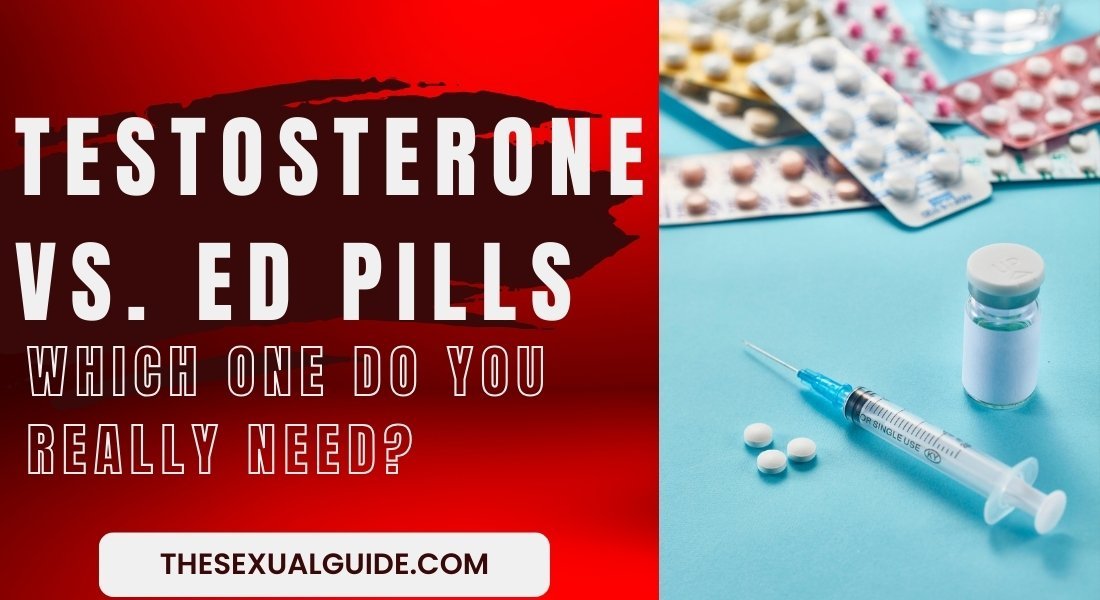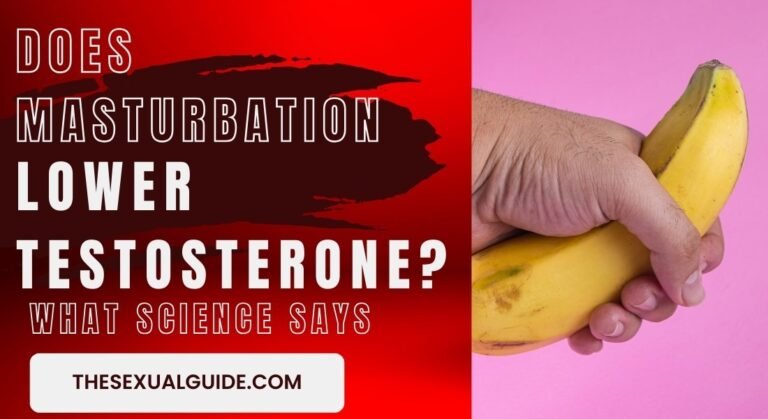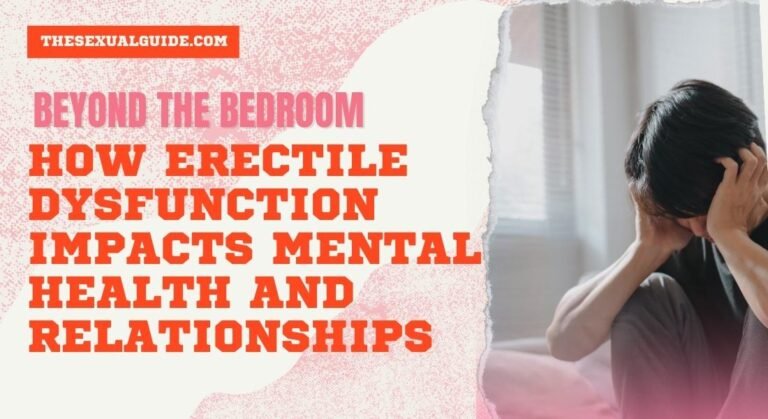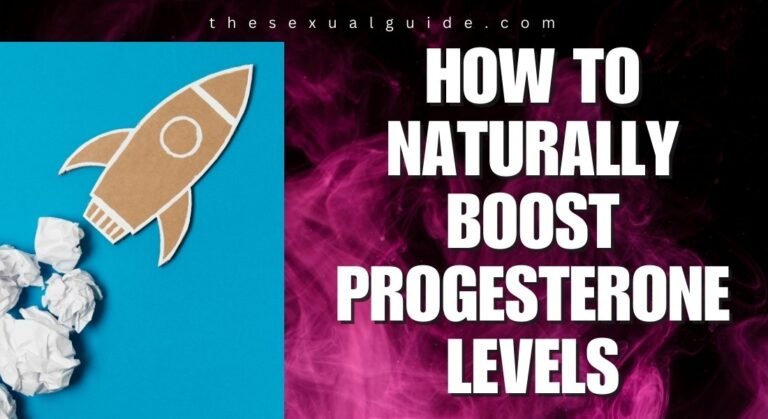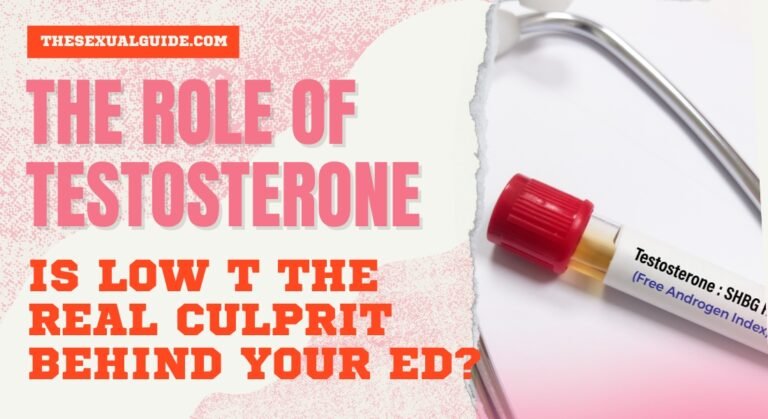Erectile dysfunction (ED) is a common issue that affects millions of men worldwide.
It can be caused by a variety of factors, ranging from physical health issues to psychological concerns.
Among the most popular treatments for ED are testosterone therapy and erectile dysfunction pills. But which one is right for you?
In this article, we’ll explore the differences between testosterone replacement therapy and ED medications, how they work, and how to determine which one might be the best solution for your situation.
Understanding Erectile Dysfunction (ED)
Erectile dysfunction, often referred to as impotence, is the inability to get or maintain an erection sufficient for sexual activity.
ED can have many causes, including physical conditions like diabetes, high blood pressure, and heart disease, as well as psychological issues such as stress, anxiety, and depression.
For some men, ED is linked to low testosterone (low T), a condition that can lead to reduced libido, fatigue, and difficulty achieving erections.
However, ED is not always directly caused by low testosterone levels, and other factors might be contributing to the issue.
Common Causes of ED
- Low Testosterone Levels (Low T): Testosterone plays a key role in sexual function. Low levels of testosterone can reduce libido and affect the ability to get or keep an erection.
- Circulatory Problems: Conditions like high blood pressure, diabetes, or cholesterol issues can damage blood vessels, affecting blood flow to the penis.
- Nerve Damage: Nerve conditions, including those caused by diabetes, can interfere with erectile function.
- Psychological Factors: Stress, anxiety, and depression can all contribute to ED.
- Medications: Certain medications, like antidepressants and blood pressure drugs, can cause ED as a side effect.
ED and Testosterone: The Connection
Testosterone is a hormone produced by the testes that influences many aspects of male health, including sexual drive, energy levels, and muscle mass.
Testosterone levels naturally decline with age, typically starting in the late 20s or early 30s, which can lead to symptoms such as reduced libido and erectile dysfunction.
In cases where ED is linked to low testosterone levels, testosterone replacement therapy (TRT) might be a treatment option.
However, it’s important to note that not all men with ED have low T, and not all men with low T experience ED.
Testosterone Replacement Therapy: What You Need to Know
Testosterone replacement therapy (TRT) is a treatment designed to restore testosterone levels in men with clinically low T. TRT can be administered in several forms:
- Injectable Testosterone: Administered through a needle, typically every 1-2 weeks.
- Testosterone Patches: Applied to the skin for continuous delivery of testosterone.
- Testosterone Gel: A topical gel applied to the skin.
- Testosterone Pellets: Implanted under the skin, releasing testosterone over time.
TRT is often recommended for men diagnosed with low testosterone levels, especially when these levels are causing symptoms like ED, reduced libido, and fatigue.
Research shows that TRT can help improve erectile function, but it’s not a guaranteed fix for all cases of ED.
Benefits of Testosterone Therapy
- Restores Testosterone Levels: Boosts testosterone, improving libido and energy levels.
- Improves Erectile Function: For men with low T-related ED, TRT can enhance the ability to achieve and maintain an erection.
- Improves Mood and Well-being: Increases overall well-being, combating feelings of fatigue and depression.
Drawbacks of Testosterone Therapy
- Not Effective for All Causes of ED: If ED is due to other factors, like circulatory issues or psychological problems, TRT may not improve erectile function.
- Potential Side Effects: Side effects can include acne, sleep apnea, and increased red blood cell count.
- Long-term Commitment: TRT requires ongoing treatment, with regular monitoring by a healthcare provider.
ED Pills: A Quick and Popular Fix
ED medications, such as Viagra, Cialis, and Levitra, are often the go-to solution for men experiencing erectile dysfunction.
These medications work by improving blood flow to the penis, allowing men to achieve an erection during sexual arousal.
Unlike testosterone therapy, which addresses the root cause of low T, ED pills focus on the symptoms of erectile dysfunction, providing a temporary solution rather than a long-term fix.
How ED Pills Work
ED pills contain active ingredients like sildenafil (Viagra), tadalafil (Cialis), and vardenafil (Levitra).
These drugs work by inhibiting an enzyme called phosphodiesterase type 5 (PDE5), which helps relax the muscles around the blood vessels in the penis, allowing for increased blood flow.
Benefits of ED Pills
- Quick and Easy to Use: ED pills are taken orally and can start working within 30 minutes to an hour, providing a quick solution for men who want to be ready for sexual activity.
- Effectiveness for Many Men: These medications are effective for most men, regardless of whether their ED is caused by low testosterone or other factors.
- Multiple Options: There are several ED medications available, offering different durations of action and side effect profiles to suit individual needs.
Drawbacks of ED Pills
- Temporary Solution: ED pills only work when taken before sexual activity and do not address the underlying causes of ED.
- Potential Side Effects: Common side effects include headaches, flushing, and upset stomach. Some men may also experience more serious side effects, such as vision problems or priapism (a prolonged erection).
- Not Effective for Everyone: ED pills may not work if the cause of ED is not related to blood flow (e.g., psychological causes or severe nerve damage).
Low Testosterone or Other Causes of ED: How to Determine the Right Treatment
Determining the best treatment for ED depends on its underlying cause.
In some cases, low testosterone may be the primary culprit, and testosterone replacement therapy could be a good solution.
However, ED can also be caused by other factors, such as poor blood flow or psychological stress, in which case ED pills might be more appropriate.
When to Consider Testosterone Therapy
- Diagnosed Low Testosterone: If a blood test confirms low testosterone levels, TRT may help alleviate ED symptoms.
- Persistent Symptoms of Low T: If you experience a reduced libido, fatigue, and difficulty achieving an erection, testosterone therapy might be the solution.
- Failure of ED Pills: If ED medications do not work or cause significant side effects, TRT might be worth considering.
When to Consider ED Pills
- Blood Flow Issues: If your ED is primarily due to circulatory issues, ED pills may be the best treatment.
- Occasional ED: If you experience occasional ED due to stress, anxiety, or other situational factors, ED pills can provide a quick fix.
- Psychological Factors: If stress or anxiety is affecting your erectile function, therapy combined with ED pills may be an effective treatment.
LibidoDepot: A Trusted Provider for ED Solutions
If you’re looking for effective and reliable ED treatments, LibidoDepot offers a variety of solutions that can help address your needs.
Whether you are exploring testosterone therapy or seeking discreet access to ED medications, LibidoDepot provides safe and trusted options for men dealing with erectile dysfunction.
For more information on available treatments and to explore solutions tailored to your needs, visit LibidoDepot for trusted advice and support.
Conclusion
Choosing between testosterone therapy and ED pills depends on the root cause of your erectile dysfunction.
While testosterone therapy can be a long-term solution for men with low testosterone, ED pills provide a quick and effective remedy for men experiencing temporary or blood flow-related erectile issues.
If you’re unsure about the best option, speaking with a healthcare provider can help guide you toward the right treatment for your individual situation.
Want to learn more? Visit LibidoDepot for trusted solutions tailored to your needs and start your journey to better sexual health today!
Frequently Asked Questions (FAQs) – Testosterone vs. ED Pills: Choosing the Right Path for Sexual Performance
1. What’s the difference between testosterone therapy and ED pills?
Testosterone therapy treats low testosterone levels (low T), which can affect libido, energy, and mood. ED pills like Viagra (sildenafil) or Cialis (tadalafil) target blood flow to the penis to help achieve and maintain erections. They work differently and solve different problems though symptoms can overlap.
2. How do I know if I need testosterone or just an ED pill?
If you’re struggling with low sex drive, fatigue, mood changes, or decreased muscle mass, low testosterone might be the issue. If you’re mentally aroused but can’t get or keep an erection, it’s more likely a vascular or performance issue something ED pills address well. A blood test for testosterone levels can offer clarity.
3. Can I take both testosterone and ED pills together?
Yes, in fact, many men do. If low testosterone is part of the problem, restoring healthy levels can improve libido and energy, while ED pills can assist with the mechanical aspect of arousal. Combining them under medical guidance can lead to more comprehensive sexual health improvements.
4. Are there risks or side effects with either option?
Both have potential side effects. Testosterone therapy can affect heart health, fertility, and red blood cell count, and it should be monitored closely. ED pills may cause headaches, flushing, or vision changes and can interact with certain heart medications. Always consult a healthcare provider before starting either.
